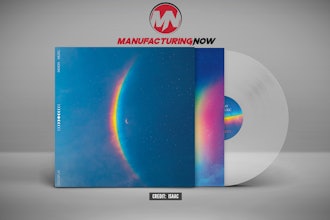As you’ve probably heard, the Rio Olympics are going to be absolutely spectacular.
With the police on strike we could see world records as athletes in biking and running events look to not only defeat their competition, but avoid getting mugged on streets where robberies are at an 11-year high.
Then, of course, there’s the water. I’m sure you’ve heard stories about everything from raw sewage to body parts turning Olympic venues into cesspools. But above these murky headlines was a bright spot surrounding the development of anti-microbial clothing for the U.S. rowing team.
Using a lightweight, blended fiber, these seamless unisuits provide enhanced moisture wicking and an anti-microbial finish complimentary of biocides that help inhibit microorganisms that come in contact with the surface of a garment.
The bad news is that these fibers won’t prevent infections because they can’t kill the microbes fast enough. In reality, the term anti-microbial relates more to sweat and odor than fecal bacteria or the collage of multi-syllable viruses that promise to do an amazing job of messing up a human being’s gastrointestinal system
Additionally, these suits only cover about 40 percent of the rower’s body, and can’t do much as virus-stricken water is splashed up to possibly enter through open eyes or mouths.
To really become resistant to the viruses in the waters of Rio, these uniforms would need larger amounts of metals like copper and silver – neither of which lends well to athletic apparel.
As an aside, not one member the U.S. rowing team has withdrawn from the Games.






















